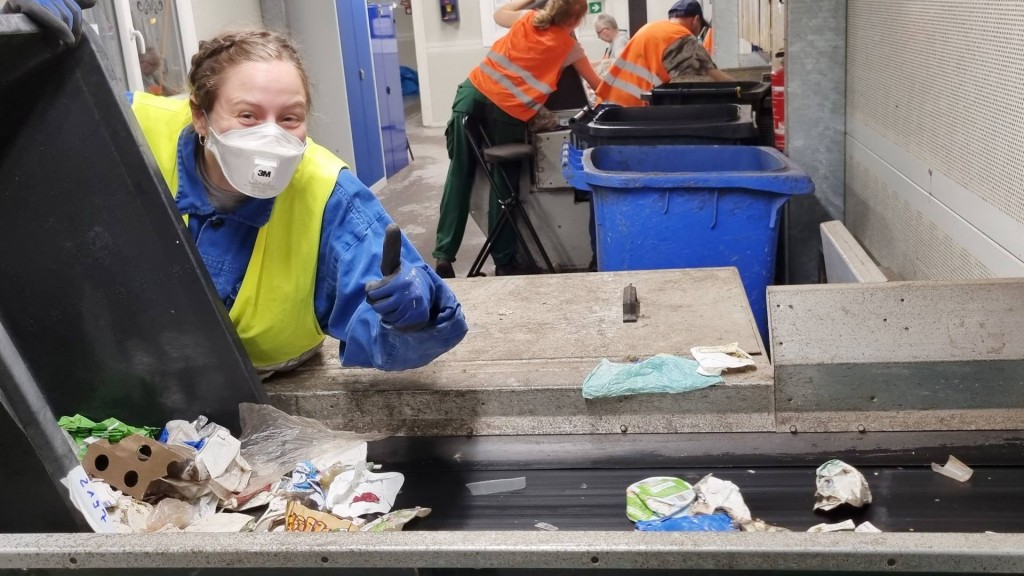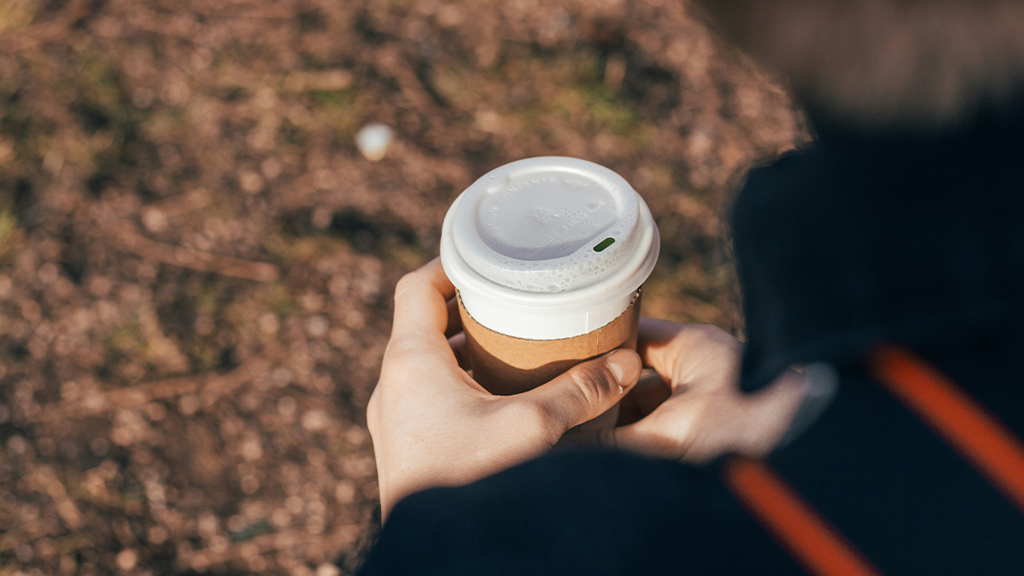
The world produces and consumes vast amounts of paper for a wide variety of uses. However, while the paper industry has made significant strides in increasing the recycled content of its products, there is much room for improvement.
In fact, a smaller portion of paper produced than might be expected is recovered for recycling, despite separate waste collection being widespread. For example, in Germany, as much as 20 percent of the paper produced is not returned into the recycling value stream - and a part of this paper is discarded in mixed waste streams.
"Regulations mandating the minimum content of recycled material in new paper products will require a significant increase in recovered paper for recycling. Even if we were to recycle all the paper collected separately with the existing process, there would not be enough to meet these targets," explains Annika Ludes, product engineer at STADLER.
An award-winning research initiative, the EnEWA project, is looking at a solution to fill the gap by unlocking the untapped potential of obtaining recyclable paper from the lightweight packaging, residual waste, and commercial waste streams. While the project analysis is based on the paper from mixed waste streams as they are collected in Germany, the solution it is developing will be applicable, with some adaptations, to local situation in other countries. The project kicked off in December 2021 and is due to be completed in November 2024.
"Participating in the EnEWA project is important for us at STADLER. Research projects such as this help us in our search for ways to support the recycling industry as we evolve towards a circular economy," adds Ludes. "We want to drive change, build these plants to expand the sources of secondary fibres for the paper industry. We also want to work with packaging producers to design packaging that is better for recycling."
The members of the EnEWA project - Universität Siegen, RWTH Aachen University, LEIPA Group, PROPAKMA, TOMRA and STADLER - are developing a solution for recovering and recycling paper from the lightweight packaging, residual waste, and commercial waste streams. They have set clear objectives: increase recycling rates in paper production and reduce primary energy requirements and CO2 emissions. The goal is to achieve an overall recovered paper return rate of 90 percent - including both separate paper collection and special collection systems, which today have a 78 percent return rate, and the residual, commercial and lightweight packaging streams from which barely a small part of paper is currently recovered.
The project is also looking at what can be done to maximize the amount of paper returned to the recycling loop. This includes discussions with German and EU regulatory authorities with recommendations for updating waste management guidelines to improve the waste streams feeding the sorting process; communication campaigns aimed at raising awareness among consumers about the correct separation of their household waste; and collaboration with producers for the design of packaging that is better for recycling.
The task for STADLER in the project is to provide, in collaboration with TOMRA Recycling, technical solutions to extract paper from the mixed streams and sort it into different paper qualities for recycling.
In March, STADLER completed extensive industrial-scale trials at its test centre in Slovenia to identify and resolve the issues arising in sorting paper from lightweight packaging, residual and commercial waste streams. The sorting process begins with the income stream going through STADLER's ST2000 ballistic separator, followed by optical sorting with TOMRA Recycling's AUTOSORT.
The process was tested on waste collection samples from different areas of Germany, and in different conditions that may affect the sorting process, such as wet or dirty materials.
"This is important because the waste collection processes vary from country to country, but also domestically at regional level, and even on a seasonal basis. Also, waste from these streams is often dirty and may be wet. This means that the solution must have the flexibility to manage this variability," says Ludes.
The tests have generated vast amounts of data, and the analysis is still in the early stages. The RWTH Aachen University team is examining the results of manual and sensor-based analysis of the waste streams to get a good understanding of the ballistic separator's operation with these materials. It is analyzing separation of three main streams: pure paper, separation of paper out of the plastic waste stream, and separation of plastics out of paper.
In terms of the sorting process, the analysis so far has revealed that every paper fraction from the different waste streams has its own characteristics and that, due to its modularity and the range of possible settings, the STADLER STT2000 can be used effectively for sorting non-separated collected paper.
Samplings made earlier in the project to analyze the material composition and paper content of the different waste streams have revealed that approximately 50 percent of the paper in the lightweight packaging stream could have been disposed of within the separate paper collection. This finding highlighted the need to address the waste collection processes in order to ensure a more effective separation of the streams and, consequently, higher paper recovery rates.
The paper industry has already improved its carbon footprint through optimization of their plants and reducing the energy requirements in the reprocessing of recovered paper. By redirecting the paper from the residual, commercial and lightweight packaging streams into the recycling loop, the process developed by the EnEWA project has a potential according to initial calculations to save some 270,000t of CO2 a year.




